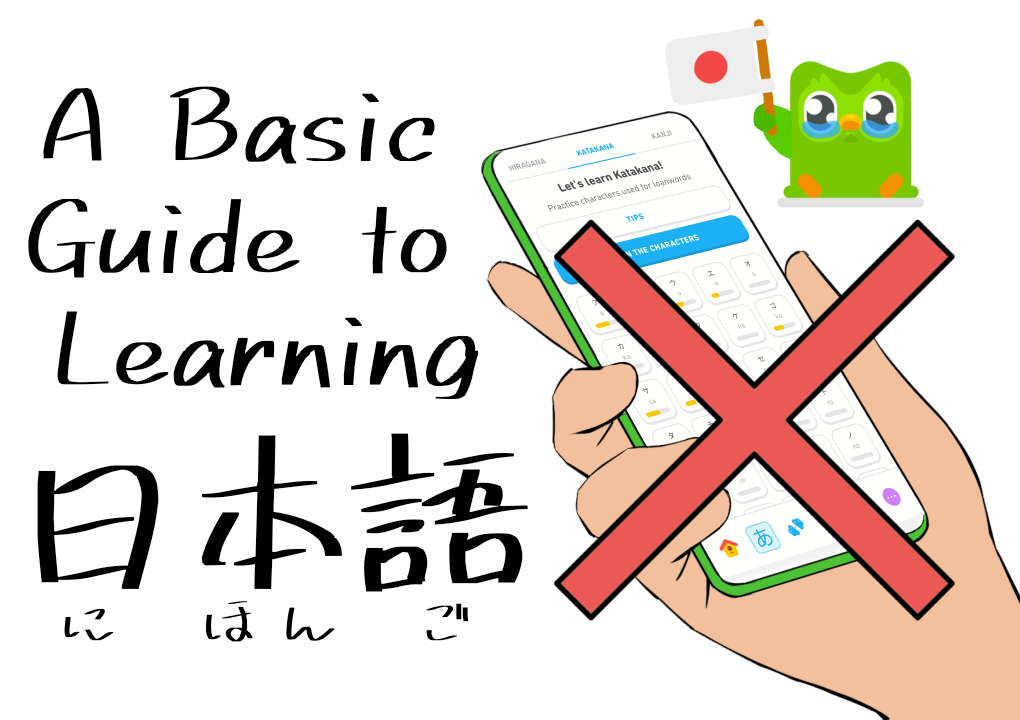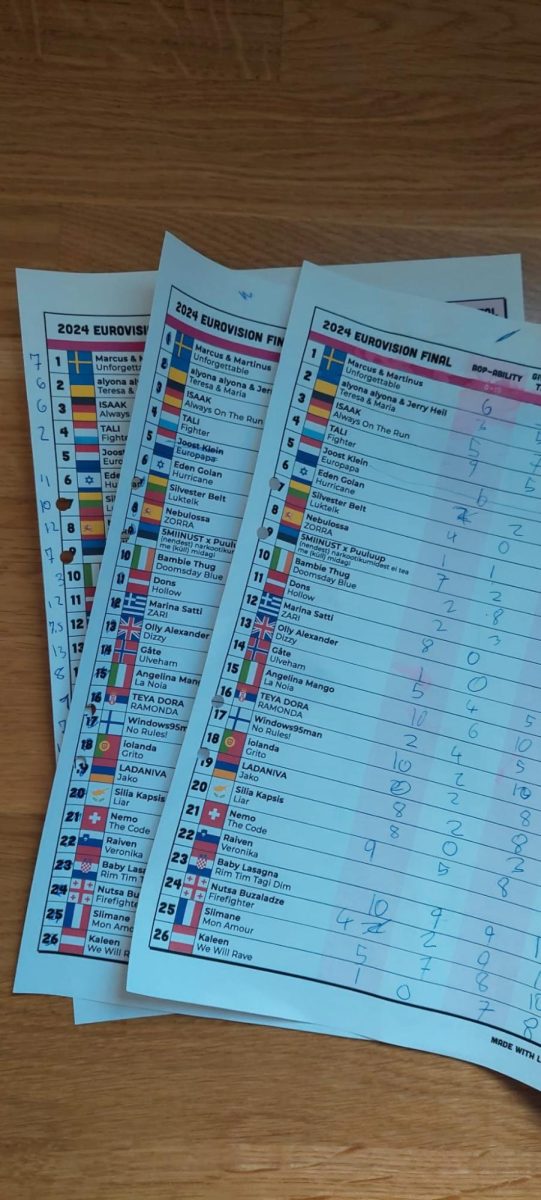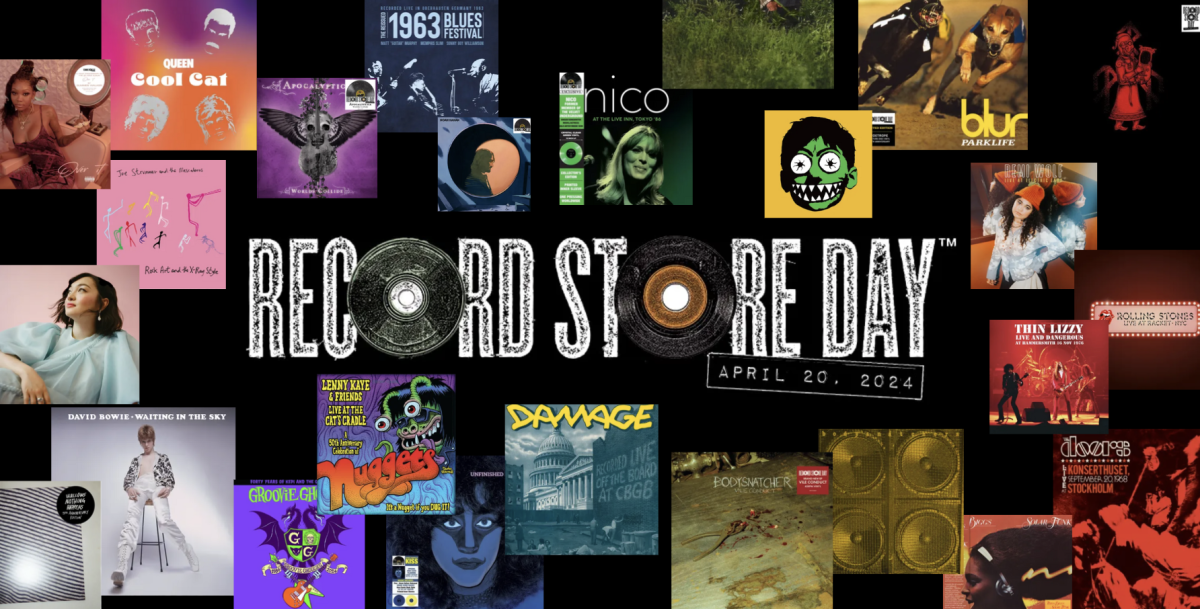In honour of the Language of the Moment: showcasing Japanese, I wanted to come forth as a Japanese learner and offer insights from my journey with picking-up the language. While I’m not a native speaker nor am I anywhere near fluent, I thought that sharing my perspective on how to learn Japanese, as someone who used to be a beginner, might be helpful for other language enthusiasts who are also interested in Japan and its rich culture.
Why is Japanese considered to be one of the hardest languages in the world?
Japanese is a highly challenging language for learners due to its unique writing system which consists of 3 different alphabets: Hiragana, Katakana, and Kanji.
Hiragana is a writing system made up of syllables used in the spoken Japanese language. Similarly, katakana is also made up of these syllables, but is mainly used for loanwords from foreign languages, onomatopoeic words, and creating emphasis. These two writing systems are fairly simple to learn in a matter of weeks. Kanji, on the other hand, consists of characters derived from Chinese characters. This is where things get a little complicated. Each kanji character represents a word or a concept, and by creating Kanji compounds, complex ideas and meanings can be conveyed. There are thousands of kanji characters, many of which even native speakers don’t know. In addition, Japanese is a high-context language meaning that it focuses on implicit and nuanced communication, making the language all the more harder to learn.
This isn’t to say that Japanese is an impossible language to learn. There are millions of non-native Japanese learners all over the world. When you are truly invested in Japan and its culture, learning the language comes almost naturally to you. You pick up new words here and there and realize that you can start making sentences with these words. It only takes a matter of time.
Why study Japanese in the first place?
As far as I’ve seen, people start learning the language to better immerse themselves in the beautiful culture of Japan. By learning the language, you open doors to various opportunities, including employment, university studies, majoring in Japanese language history, and travel (as it can be challenging to navigate Japan with just English).
So, where do you start?
Most people who aim to reach proficiency in Japanese study for a widely known test called The Japanese Learning Proficiency Test (JLPT). The test consists of 5 different levels, with N5 being the lowest and N1 being the highest. While reaching N1 does not necessarily guarantee fluency in the language, the certificate can be used for many official purposes within Japan.
What’s more is that the test is available for Japanese learners all over the world! For Swedish learners, the JLPT will take place within the premises of Stockholm University on July 7, 2024.
However, you might be only learning Japanese as a hobby just like me. Well, let me share some of my favorite ways to pick-up new Japanese words and phrases.
Studying with Apps
It’s important that you enjoy learning the language rather than force yourself to learn it. That’s why learning using apps can be beneficial, as they are interactive and offer engaging methods like games and point-systems to encourage the learner to study at their own pace.
Say good bye to Duolingo as it does not give you the full cultural experience and real language practice you need to become truly fluent and understand the culture behind the Japanese language. Instead, I recommend that you use apps specifically designed for Japanese as there are various aspects to the language that common language learning apps do not cover.
My personal favorite Japanese language learning app, which I sadly only came across recently, is Renshuu. From games you can play with other users to quizzes you can create for yourself, the app is designed for people of all skill levels and provides users with countless engaging ways to practice the language. You can learn almost everything about the Japanese language from A to Z with Renshuu. This is why I highly recommend that beginners start off their Japanese learning journey with this app.
Studying with mini flashcards
Also known as word cards, mini flashcards are a common method used to learn Japanese. Though I have not tried this method myself, I’ve heard a lot about it from former beginners. The idea is that on one side of the card you write a word or phrase in Japanese and on the other side you write the reading or the translation. It’s easy to carry around these cards as they easily fit in your pockets and you can study on the go. However, this method is not always preferred as it only forces you to memorize these words.
Studying with Japanese Media
Casual speech is something all beginners struggle with. That’s why immersing yourself in Japanese media, such as game shows, anime, j-dramas, TV shows, podcasts, music, etc. can be incredibly helpful in picking-up everyday language. I personally like watching Japanese variety shows as they tend to have a lot of comedy skits, engaging quiz questions, and other acts. I also like how these shows have a lot of on-screen text, which is good reading practice for learners. My favorite show is probably Old Enough. Kids as young as 2 years old run their first errands (eg. buying groceries, delivering packages) as a camera-crew follows them around in secret. This show is fantastic for learning Japanese because the children often use simple and easy-to-pick-up phrases. Old Enough is a great resource for beginner Japanese learners and is available on Netflix.
And that’s it for my advice on learning Japanese. While it is a hard language to learn due to its challenging writing systems and high-context, I believe that once you get the hang of it, things take off from there and everything pays off. With dedication and passion, learning Japanese can be a rewarding journey.
Good luck! 頑張って!Ganbatte!








